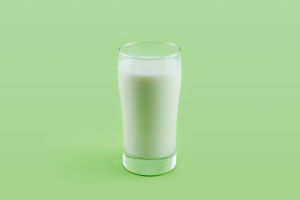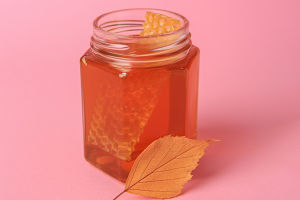Detecting Croissant
Croissants are the ultimate pastry: buttery, flaky, and indulgent. But not all croissants are (unfortunately) created equal, and these golden beauties can be either freshly baked or frozen.
While there’s nothing wrong with a frozen croissant - many bakeries use them to meet high demand - knowing how to tell the difference can add a bit of fun (and maybe a touch of snobbery) to your croissant game. Here’s everything you need to know to distinguish the fresh from the frozen, from appearance to aroma!
The Flake Test: Why Layers Matter
The first tell-tale sign of a fresh croissant is its flakiness. A genuine fresh croissant is crafted with layers upon layers of dough and butter, resulting in a light, crisp texture that shatters when you bite into it. Frozen croissants, while still layered, tend to have a softer, less airy structure due to their pre-freezing and thawing process. If you’re faced with a croissant that feels soft and spongey, chances are it spent some time in the freezer aisle before hitting the bakery shelf.
Shape and Size: Fresh is Often Irregular
Fresh croissants often have unique, imperfect shapes, as their dough has been rolled and shaped by hand or carefully by a baker’s touch. Look for slight variations in each pastry’s shape or size - if they’re all identical, you’re likely dealing with frozen ones. Mass-produced croissants are often rolled out by machines and baked in uniform molds, resulting in a more consistent shape. So, if you’re in it for the artisanal vibes, irregular shapes are often the way to go.
The Aroma Test: Fresh Baked Goods Just Smell Better
One of the easiest ways to detect freshness is with your nose. A fresh croissant will fill the air with a warm, buttery fragrance, as the delicate balance of butter and dough hits the oven and releases its mouth-watering aroma. In contrast, frozen croissants tend to have a less pronounced scent due to the oils stabilizing during freezing and reheating. If you walk into a bakery and can’t smell the buttery goodness, you might be dealing with something that was recently thawed rather than freshly baked.
What makes a real French croissant?
DW Food
The Color: Golden Brown vs. Pale Imitations
Fresh croissants tend to have a rich, golden-brown color due to natural caramelization of the butter during baking. This deep, even color is more difficult to achieve with frozen dough, which can sometimes bake to a paler, less appealing shade. Some bakeries might brush frozen croissants with an egg wash to add color, but it often lacks the same natural luster. Look for a uniform, deep golden color that speaks to that fresh-out-of-the-oven experience.
Crunch and Texture: Sound It Out
The real magic of a fresh croissant is in the crunch - when you break a fresh one in half, you’ll get a satisfying crackle and hear layers tearing apart. Frozen croissants, while still tasty, tend to lose some of this crunch and have a slightly softer texture. A crisp exterior with a soft, airy interior is the mark of a freshly baked croissant. If your pastry feels a bit mushy or doughy, it might have been frozen at some point.
Fresh vs. Frozen: Which One Should You Choose?
While fresh croissants are the classic choice, frozen ones have their own appeal and are actually ideal for cafes or households needing a convenient way to serve up these treats. Some bakeries have perfected the art of baking frozen croissants, so they can still taste fantastic. Ultimately, if you’re craving that melt-in-your-mouth experience and don’t mind a bit of detective work, seek out a bakery with freshly baked croissants. But if convenience is your game, frozen croissants, properly baked, can still hit the spot!
Next time you’re eyeing the pastry display, give those croissants a once-over. Look for irregular shapes, a golden brown hue, and that unmistakable buttery aroma. And when in doubt, give one a small press for the crunch test. Whether fresh or frozen, a well-baked croissant can be a little piece of heaven, but remember that the fresher it is, the more satisfying the crunch!


